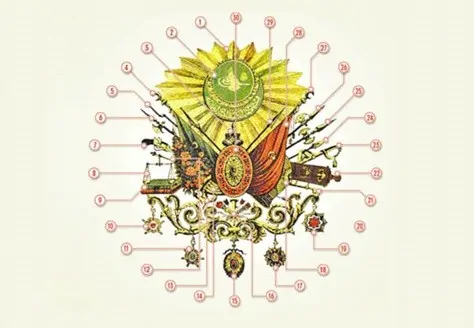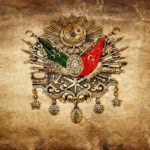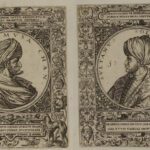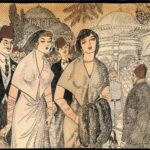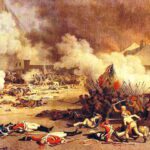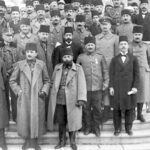The Ottoman monogram is a symbolic sign that often appears in official documents, currencies, and artworks of the Ottoman Empire. This sign is the signature of the sultan and represents the state authority.
One of its key features is that it functions as more than just a signature, but as a symbol of the sultan’s personality, power, and rulership. Therefore, the tughra has become a powerful expression of the empire’s administrative structure and central authority.
The meaning of the Ottoman tughra is also considered as an artistic element. Being aesthetically designed adds visual appeal to it and allows it to be interpreted in different styles by artists throughout history.
Generally, each sultan has his own unique monogram and this is important for the continuity of the empire. The Ottoman tughra also stands out as a symbol of trust and unity in society.
Historical Context
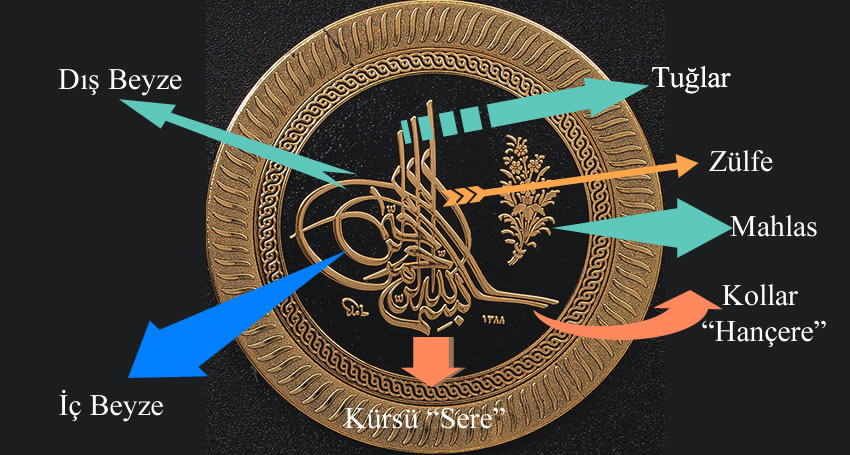
It has been used since the 14th century. The first examples date back to the founding period of the Ottoman Empire. From this period onwards, the tughra symbolized the sovereignty of the sultans and was included in the official documents of the state. For the question of who owns the Ottoman tughra , the fact that each sultan creates his own tughra reinforces the greatness of the empire and the personal image of the sultan. Therefore, the Ottoman tughra has a historical depth.
Artistic Features
The tugras, which are usually designed in a spiral shape, contain the name and title of the sultan. The Ottoman tughra is known for having an aesthetic structure. In addition, there are various decorations and motifs on the tugras, reflecting the richness of Ottoman art. The colors and shapes used in the design of the tughra show the combination of Islamic art and Ottoman culture.
Symbolic Meanings
The Ottoman tughra is not only a signature, but also a symbol of power and authority. Tugra states that the sultan is the highest level administrator of the state and gives confidence to the people. Therefore, the Ottoman tughra goes beyond being just an aesthetic element and carries deep symbolic meanings.
Uses
It is frequently seen in official documents, government correspondence, on coins and works of art. In particular, it is included in edicts and charters, emphasizing the power and authority of the state. However, the Ottoman tughra is also examined by art historians in terms of gold and is considered an important part of Ottoman art.
Result
The Ottoman monogram is an important element of the empire from a historical, artistic and symbolic point of view. Therefore, the meaning and importance of the Ottoman tughra should be considered not only as a historical element but also as a cultural heritage. Research on the Ottoman monogram contributes to a better understanding of this important symbol.
Bibliography
The following sources were used to learn more about the Ottoman tugra.
- T.R. Ministry of Culture and Tourism – Provides extensive information on Ottoman culture and art. Ministry of Culture and Tourism
- Turkish Historical Society – It contains detailed research and publications on Ottoman history, art and tugra. Turkish Historical Society
- Anadolu University Publications – There are various works that deal with the artistic and historical aspects of the Ottoman tugra. Anadolu University Publications
